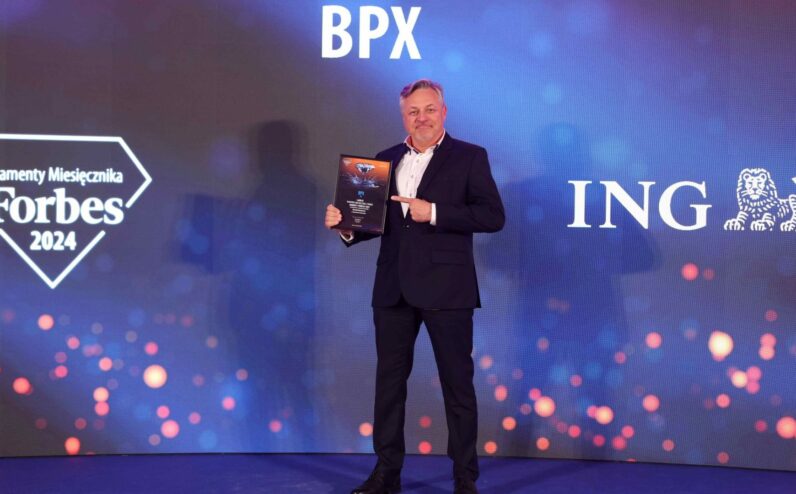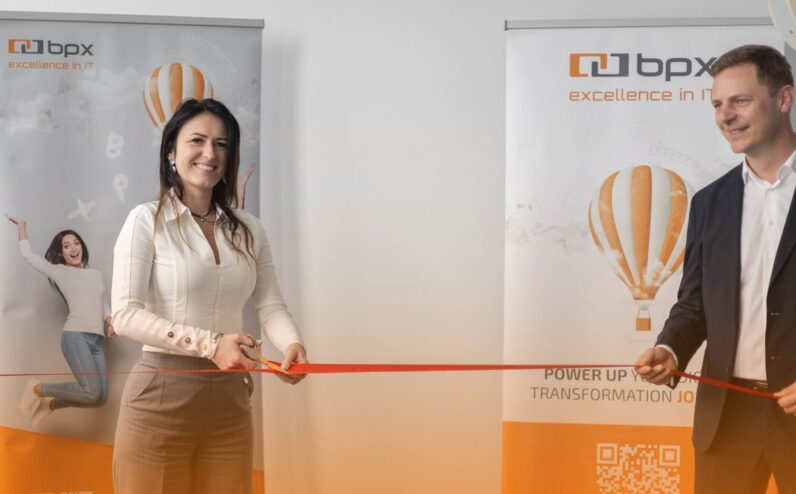Efektywne zarządzanie czasem w codziennej pracy, skuteczne określanie zadań i wsparcie w podejmowaniu decyzji są niezbędnymi elementami w osiągnięciu sukcesu przedsiębiorstwa. Odpowiednie planowanie zadań jest jednak nie lada wyzwaniem, gdyż pochłania wiele czasu i wymaga jednoczesnego uwzględniania wielu czynników. Managerowie oraz działy HR są odpowiedzialne za zarządzanie wieloma procesami w tym samym czasie, a brak odpowiedniego planu może opóźnić działania oraz przysporzyć problemów. Rozwiązaniem jest automatyzacja procesów, możliwa dzięki wdrożeniu narzędzi do kompleksowego zarządzania biznesem, takich jak TETA ME.
Learn more
 pl
pl





















